What does blossom end rot look like?
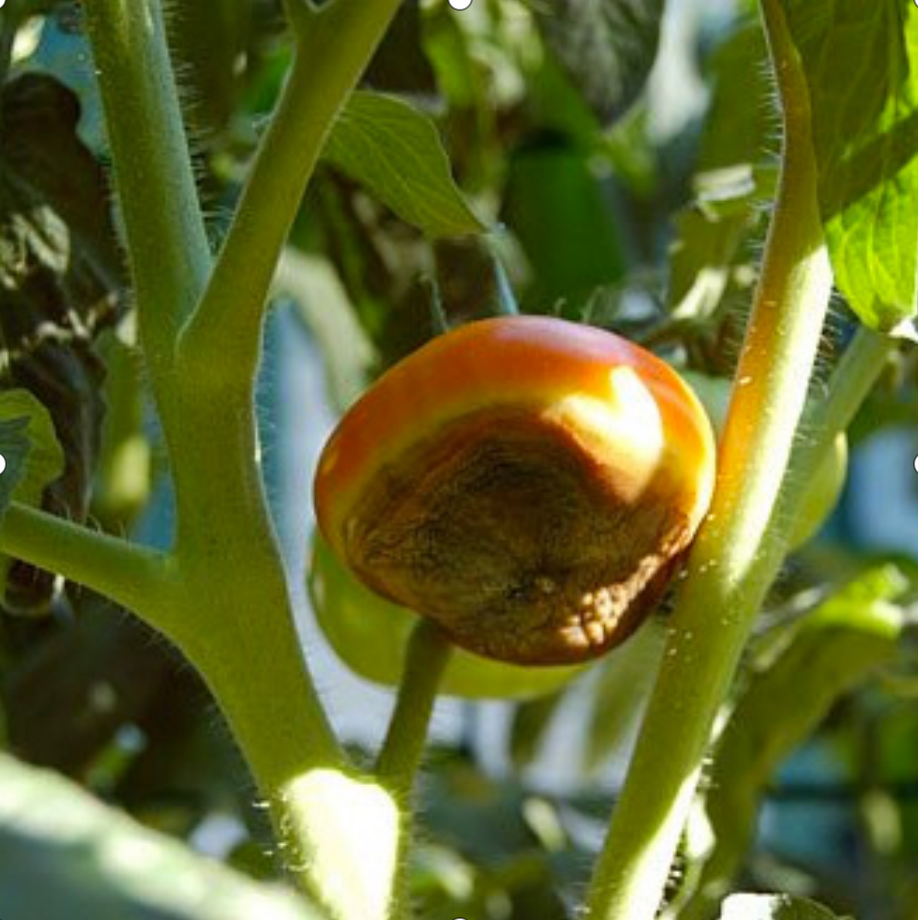
To cure blossom end rot we have to first identify it. It is so sad to see your tomatoes that you have worked hard to grow to turn bad just as they start to ripen. The distinctive appearance of affected fruits is pretty memorable. Blackened, sunken cankers appear on the bottom (blossom end) of the fruits. The top of the tomatoes look completely normal, but when the gardener plucks them from the vine and turns them over, the black lesion is clearly evident on the bottom of the fruit.
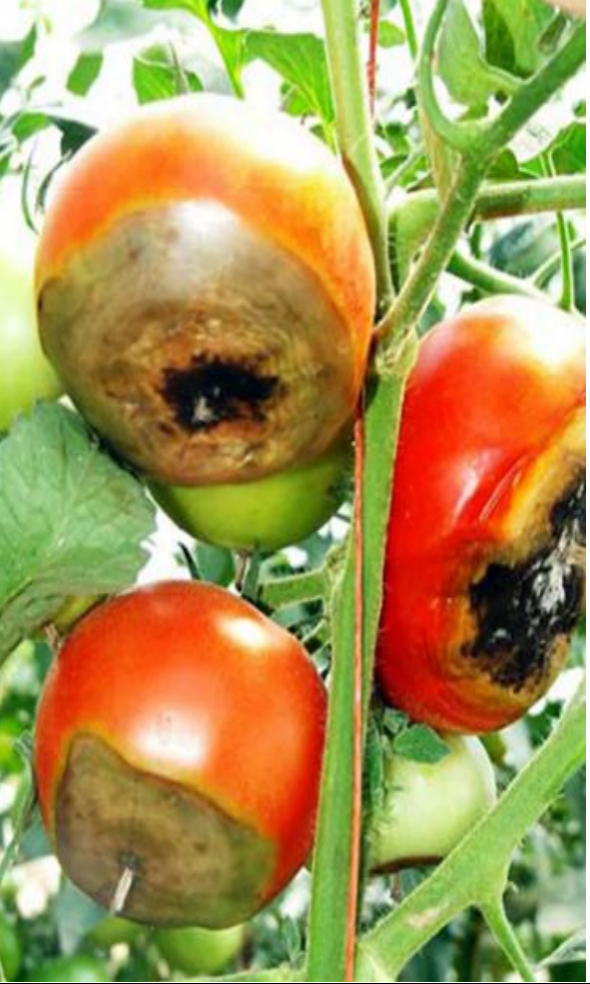
Blackened, sunken cankers appear on the bottom (blossom end) of the fruits. The top of the tomatoes look completely normal, but when the gardener plucks them from the vine and turns them over, the black lesion is clearly evident on the bottom of the fruit.
Blossom end rot appears most often as a single canker that starts out small and grows over time, but occasionally you may see two or three lesions instead. They are always on the blossom end of the fruits, never on the top. Though this disorder occurs most often on tomatoes, several other vegetables are susceptible too, including peppers, summer squash, and cucumbers.
What causes this terrible tomato affliction? (say that 5 times fast, lol)
Blossom-end rot is caused by insufficient calcium in the tissue of the tomato. Calcium is taken up into the plant through the roots, however, it settles in one part of the plant. This means that the rot can occur even when there is an ample supply of calcium in the soil, stems or leaves. Actively growing parts of the plant such as developing tomatoes must have a continuous supply of calcium to prevent these spots from developing.
The conditions that cause blossom-end rot are closely linked to inconsistent soil moisture throughout the growing season. Since calcium is only moved into the plant with an ample moisture supply, when drought occurs the fruit continues to develop but will be affected by a calcium deficiency.
Although it is difficult to wait for those first ripe tomatoes from the home garden, it is important not to force the plants to grow too quickly to avoid this rot.
Root damage can also lead to decreased moisture intake. Cultivating too close to plants or burning them with fertilizer can also reduce nutrient and water uptake through the roots. Waterlogged soils also interfere with the root’s ability to take up nutrients.
Garden soils may also have low levels of calcium. This can be determined by soil testing and can be corrected by adding lime as recommended on the soil test report (order a soil test kit). Do not add lime without having your soil tested first.
Preventing blossom-end rot
Grow tomatoes in well-drained soil high in organic matter with a soil pH between 6.5 and 7.5.
Apply fertilizer and lime as recommended by a soil test. Use fertilizers low in nitrogen, but high in superphosphate, with numbers similar to 4-12-4 or 5-20-5; this will reduce the chances of blossom-end rot.
I have had my soil tested and the problem that I have is low calcium. While I strive every year to incorporate more organic matter my garden is located on a sandy rocky hill with little to no nutrients. It means that my soil drains very well and during the spring rains my tomatoes don’t drown and many of my other fruit and vegetable crops do just fine. But my tomatoes always need more calcium and a steadier supply of water during the driest part of the season. Every gardener has their favorite treatment to save their tomatoes I really like Rot Stop. It is a liquid that you mix according to the directions with water and feed your tomatoes. It works quickly and has saved my crop.
Avoid deep cultivation around the plants as much as possible after fruit set, especially in dry weather. Scraping the soil lightly with a hoe is usually sufficient to control weeds in the home garden.
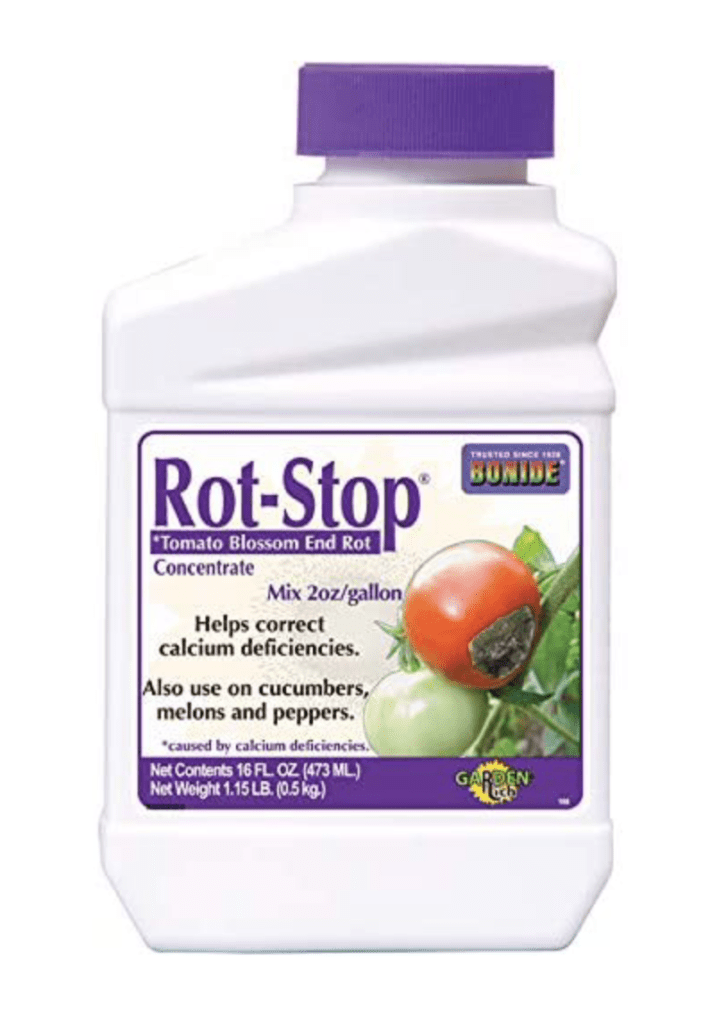
Maintain a consistent supply of soil moisture. During the growing season, especially as the fruit is developing, tomatoes need at least 1 inch of water per week, supplied as rainfall or irrigation. Watering with a soaker hose is preferable to overhead irrigation in the home garden.
Mulching tomatoes helps to conserve moisture in the soil. Use organic mulches such as straw free of weed seed, grass clippings, peat moss or wood chips.
Infected fruit should be removed when first noticed. This rot does not spread from plant to plant or from fruit to fruit, so even if it occurs on your earliest tomatoes, it may not affect later tomatoes on the same plant. Fungicides and insecticides are useless as control measures for this disorder.
I have had my soil tested and the problem that I have is low calcium. Every gardener has their favorite treatment to save their tomatoes I really like Rot Stop. It is a liquid that you mix according to the directions with water and feed your tomatoes. It works quickly and has saved my crop.

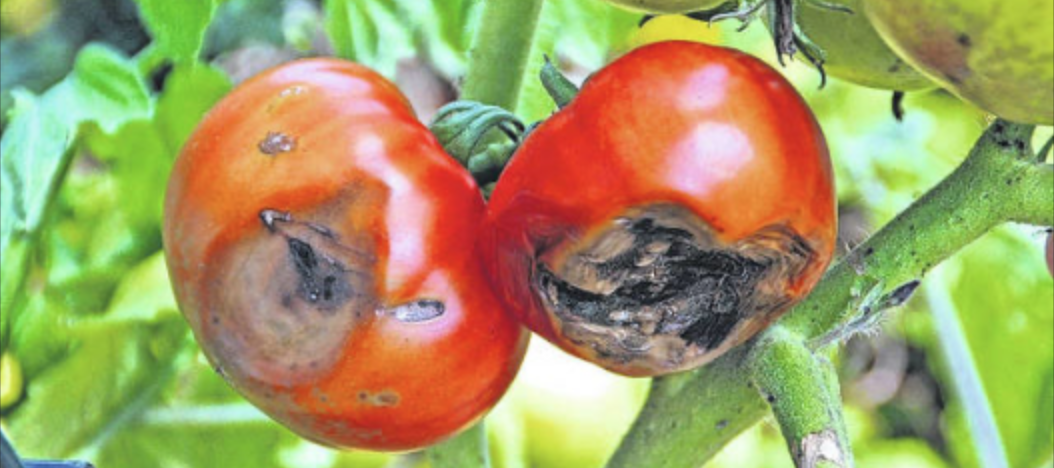


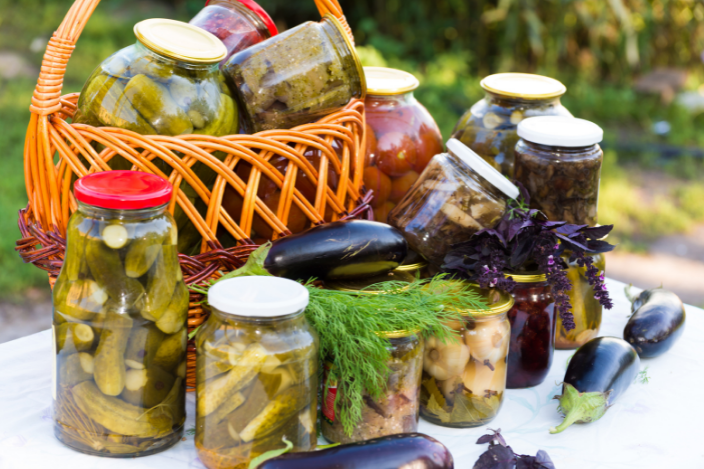









Hello very nice blog!! Man .. Excellent .. Amazing ..
I’ll bookmark your website and take the feeds additionally?
I am satisfied to search out a lot of useful information here Best Realtor in Longboat Key Florida the submit,
we need work out extra strategies in this regard, thank
you for sharing. . . . . .
Howdy I am so grateful I found your web site, I really found you by mistake,
while I was researching on Askjeeve for something else, Nonetheless I am here now and would
just like to say thanks a lot for a fantastic post and a all
round thrilling blog (I also love the theme/design), I don’t have time to read it all at the
moment but I have book-marked it and also included your RSS feeds, so when I
have time I will be back to read more, Please do keep up the fantastic work.